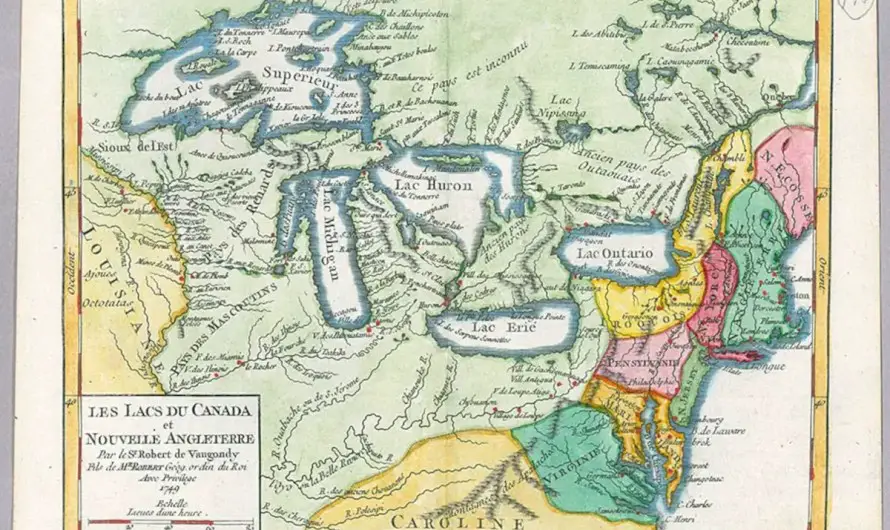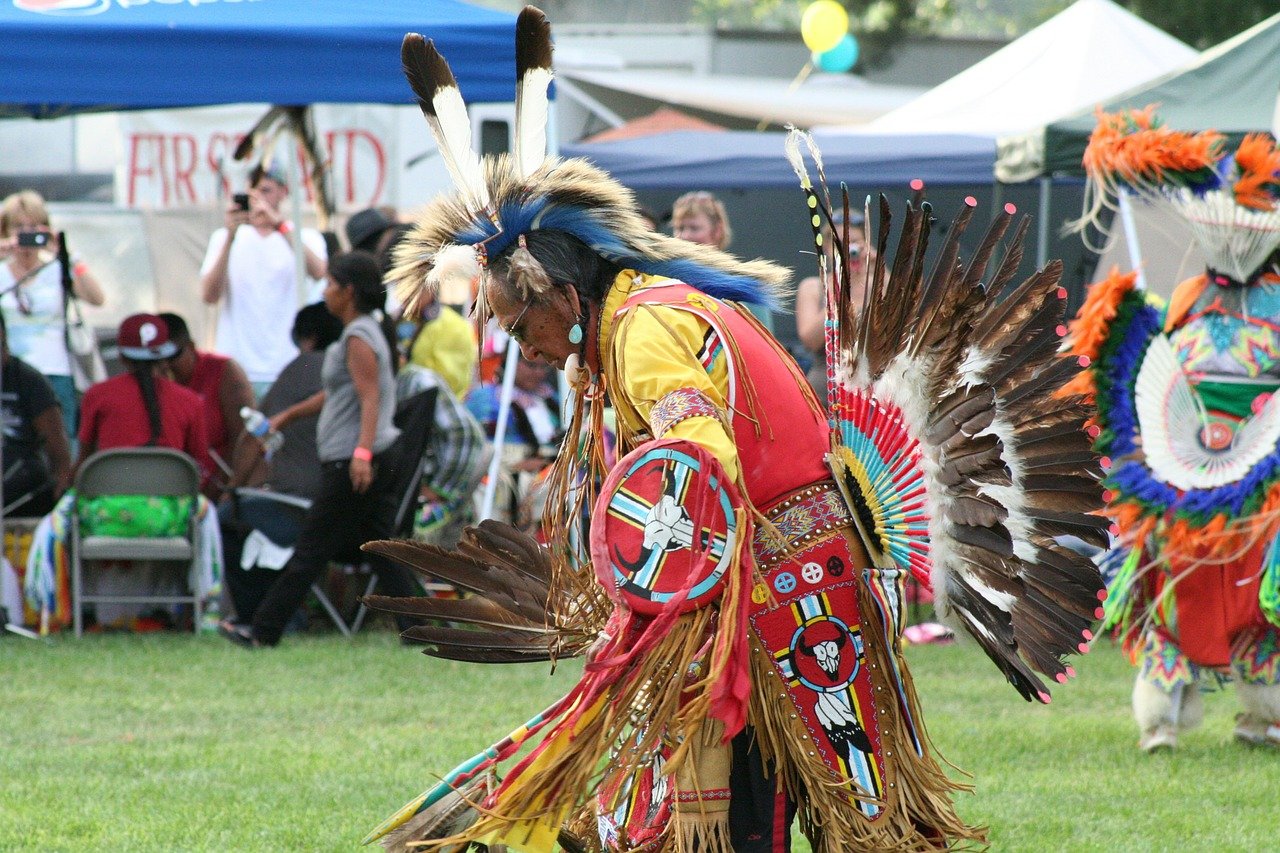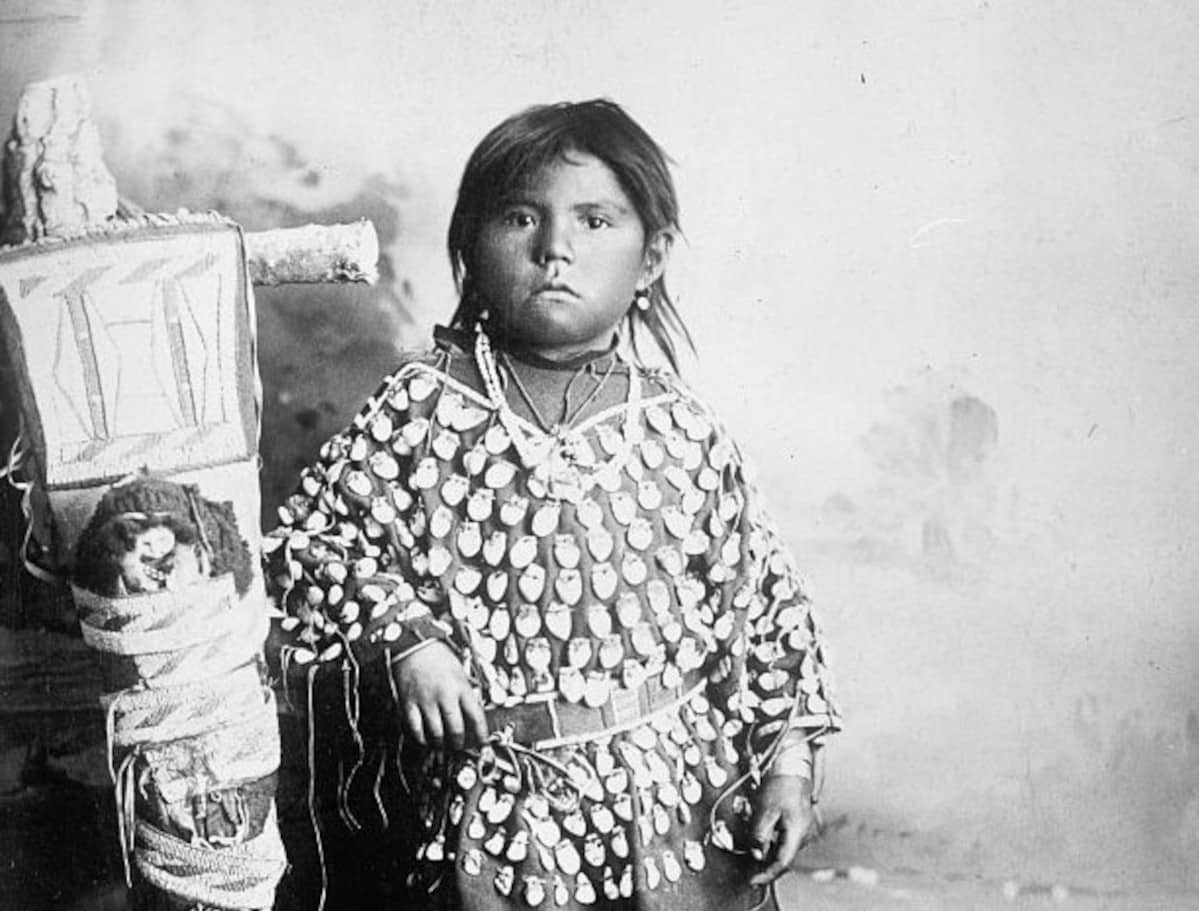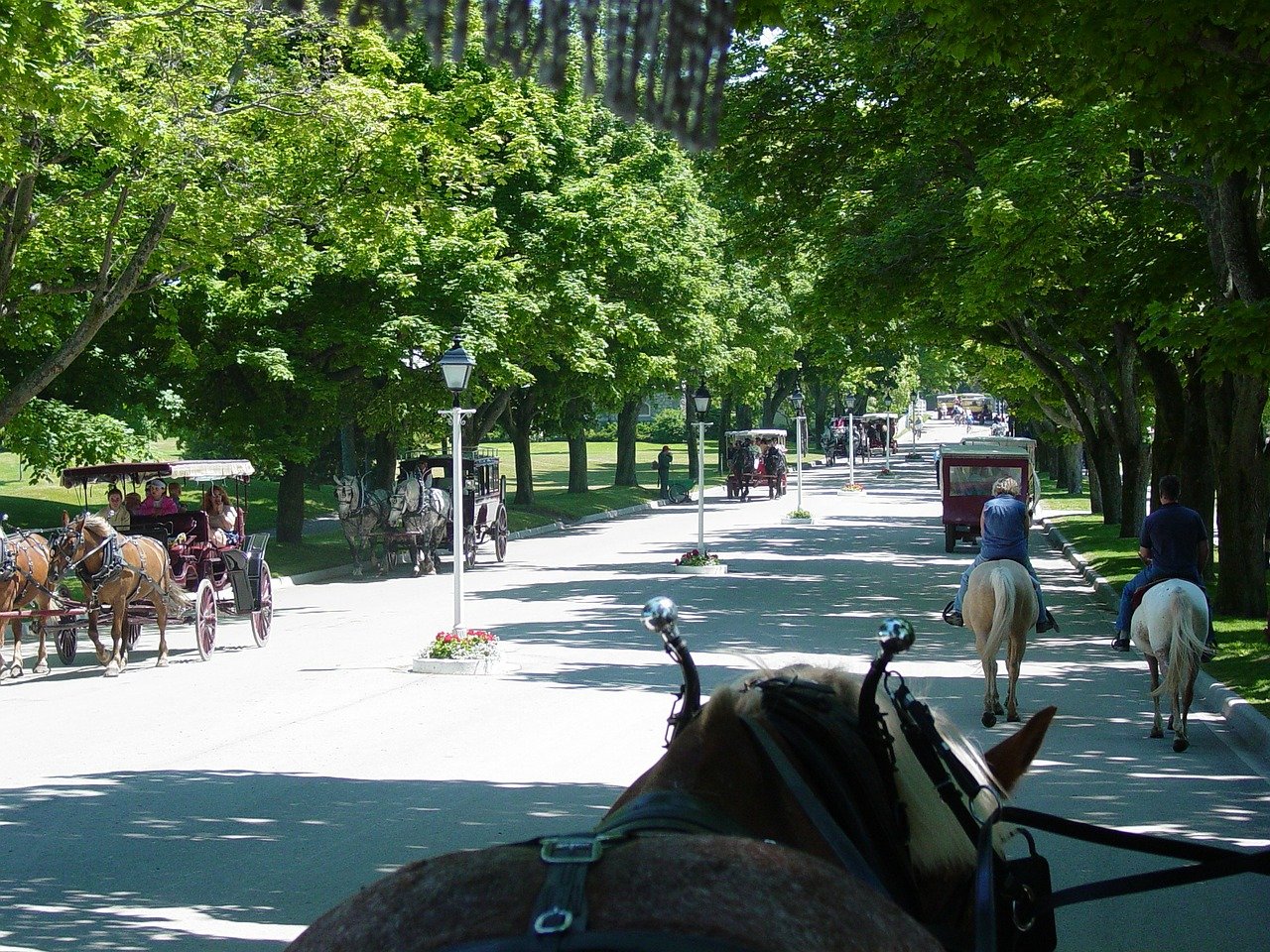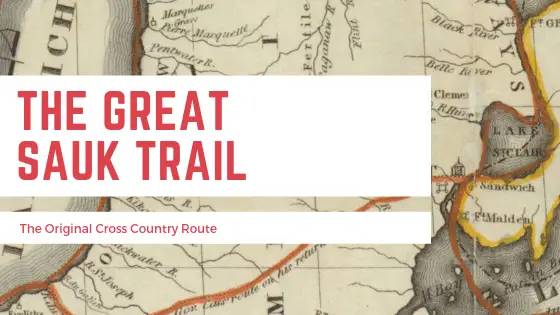The Evolving Story of White Rock – A Sacred Landmark in Michigan’s Thumb
Indigenous Peoples of Michigan, the Anishinabeg, view the White Rock on the edge of the Lake Huron shore as a sacred site. The rock was much, much larger than it appears today. (Which is 2019 is mostly underwater). The Indian ensured that fresh game and food items were placed on the site as an offering. Gitchie Manitou or Great Spirit would recognize the offering by the Anishinabeg as a token of thanks for the bounty and richness of the peninsula.



